Intervention302
TPF Noob!
- Joined
- Dec 31, 2013
- Messages
- 10
- Reaction score
- 0
- Location
- NH
- Can others edit my Photos
- Photos OK to edit
Hey guys,
Just signed up and loving the site. Been doing a lot of reading and trying to learn my new camera Nikon D60
Anyway, my main field of interest is with automotive photography. However, I've always been interested using my telescope to look at planets and different DSO (deep sky objects)
I have a z8 (8" dobsonian) telescope. Now I know its possible to hook the D60 to a telescope. I think its called a T-Ring. I'll do more reading after my shift, just was wondering if anybody has attempted it and the overall difficulty
Also, I'd love to try to snap some photos of a super dark and clear starry night way up north with no pollution lighting. Anybody attempt that either?
Thanks for any help
Sent from my XT907 using Tapatalk
Just signed up and loving the site. Been doing a lot of reading and trying to learn my new camera Nikon D60
Anyway, my main field of interest is with automotive photography. However, I've always been interested using my telescope to look at planets and different DSO (deep sky objects)
I have a z8 (8" dobsonian) telescope. Now I know its possible to hook the D60 to a telescope. I think its called a T-Ring. I'll do more reading after my shift, just was wondering if anybody has attempted it and the overall difficulty
Also, I'd love to try to snap some photos of a super dark and clear starry night way up north with no pollution lighting. Anybody attempt that either?
Thanks for any help
Sent from my XT907 using Tapatalk


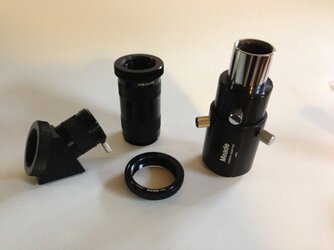
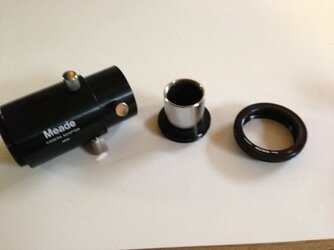
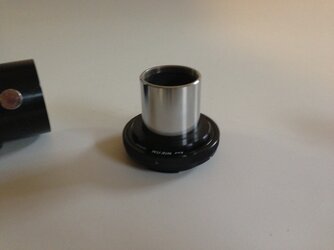
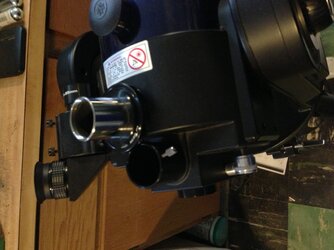
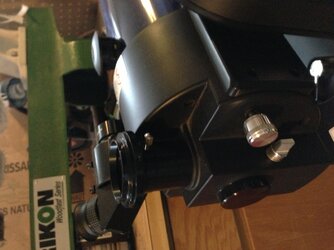
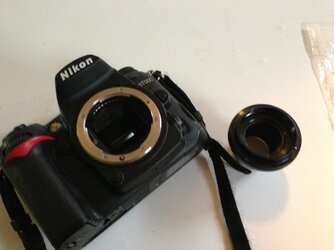
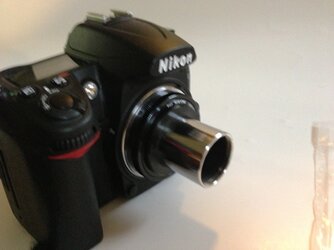
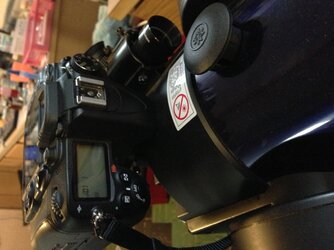
![[No title]](/data/xfmg/thumbnail/34/34132-7c7fbdcb2006703d33f975289561cd9d.jpg?1619736303)
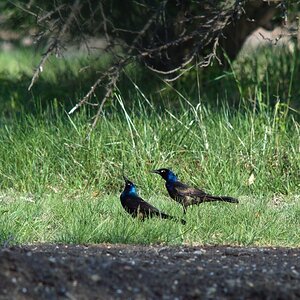
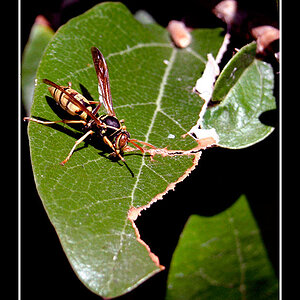
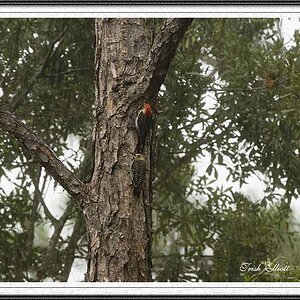
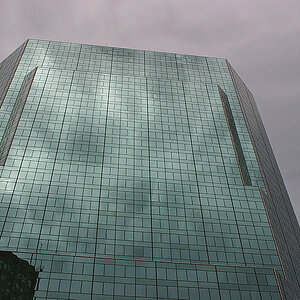
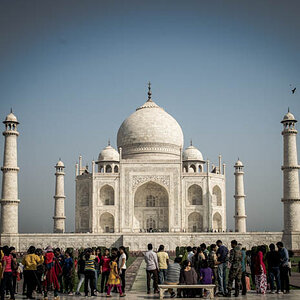
![[No title]](/data/xfmg/thumbnail/34/34134-d2249816e46b705693bfc543c9b1f481.jpg?1619736306)
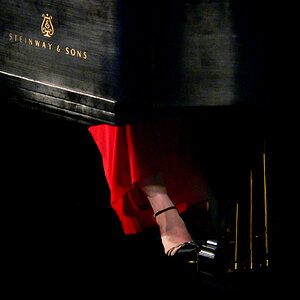
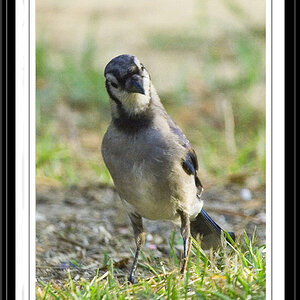
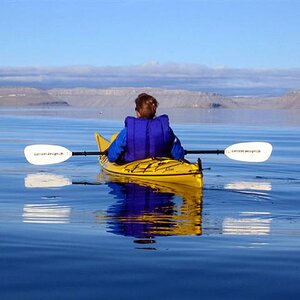

![[No title]](/data/xfmg/thumbnail/37/37617-2a07b7e10a8d9f154e8cd9727551e0ef.jpg?1619738151)